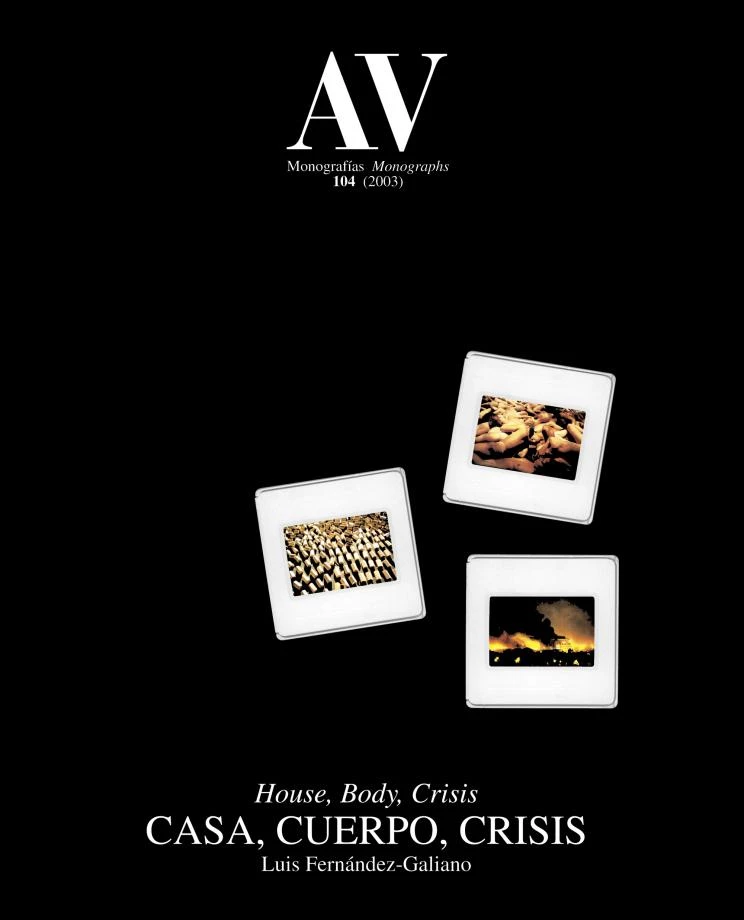
Julia Morgan, Hearst’s Castle, California
The most common variety of residential fiction is the classical simulacrum. Madrid’s example is pedagogical, because the contrast between the anorexic elegance of the structure and the bulimic solemnity of the prefabricated classical orders is repeated on the billboards, which oppose the sobriety of the Cartesian logo of the builder with the rhetoric of the developer: the abstract logic of production and the figurative logic of seduction are illustrated in the almost comical conflict between two faces that describe an architecture which is not so much bifrontal as schizophrenic. The neovernacular classicism of Celebration, Disney’s model city in Florida, the delirium of the Xanadu built in California by Julia Morgan for Hearst’s lover, Marion Davies, the Tara-style mansion raised in Santiago for Anita Alvarado, the Chilean geisha, or the White House replica (oval office included) promoted in Hangzhou by a Chinese nouveau riche, Huang Quiaoling, smoothly follow one another. Middle class and new money seek equal recognition, that given by replicas of domestic classicism: the same conformist and comfortable style that fills the interiors of the ‘rich and famous’ Mexican women or the new mansion of Spain’s Crown Prince...[+]






